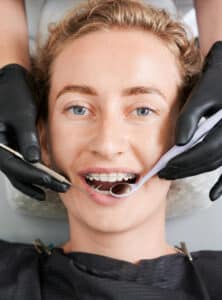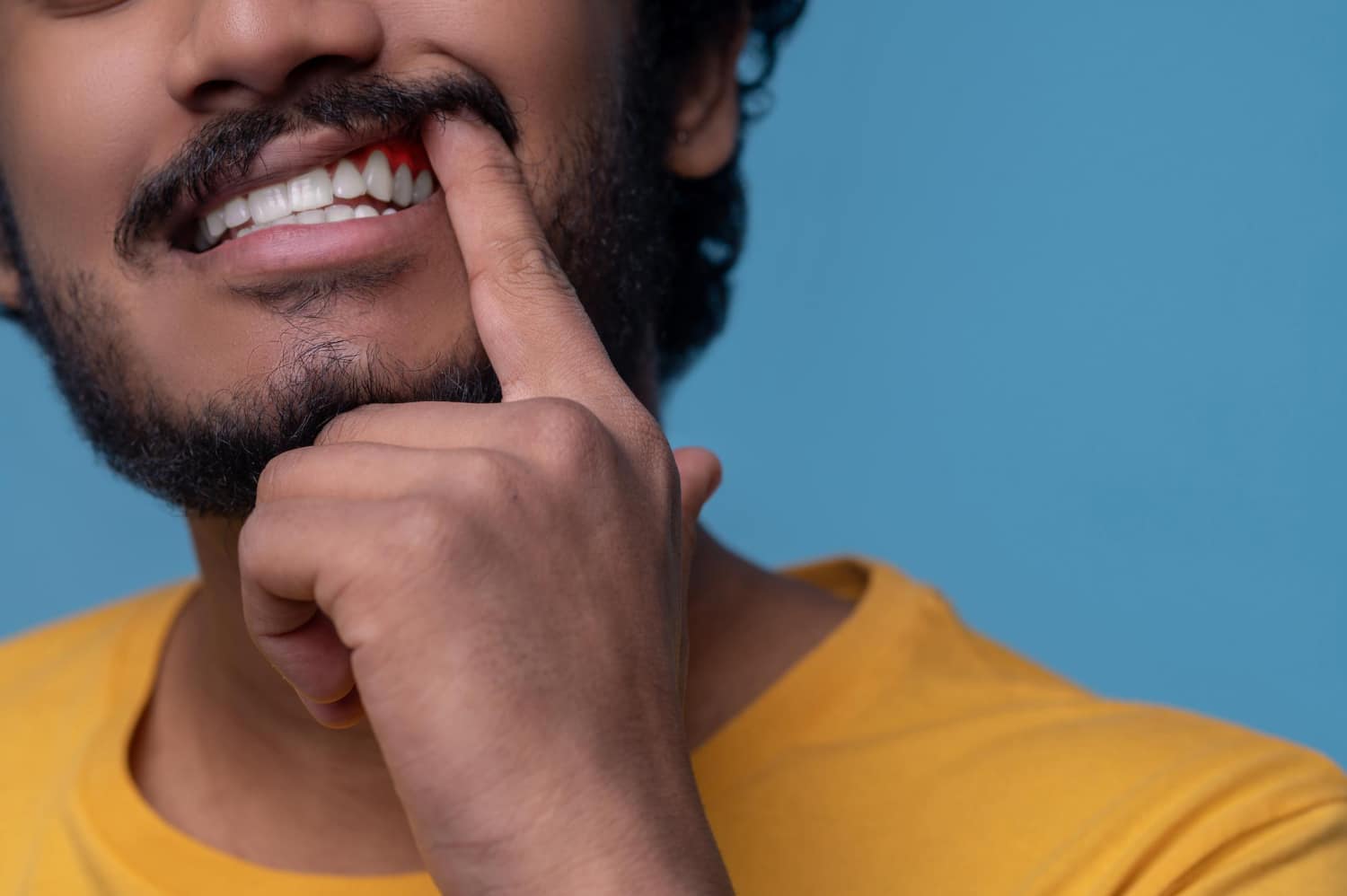Malocclusions, commonly known as misaligned teeth or a bad bite, are dental conditions that can affect the way you look and feel. If left untreated, various types of malocclusions can cause pain in the jaw and other parts of the face. Fortunately, getting treatment from an orthodontist in Johns Creek or other areas can help move the teeth into their correct positions, aligning them properly in the mouth.
It’s important to seek treatment as soon as possible because malocclusions can affect your smile and overall oral health. With proper treatment from an experienced orthodontist, patients can improve their smile and alleviate any discomfort caused by malocclusions.
Types of Malocclusions
Overbite
An overbite is a condition where the top front teeth overlap the bottom front teeth. This can cause difficulty with eating and speaking, as well as pain in the jaw. Aside from that, they can affect a person’s appearance significantly. Overbites, in severe cases, may require surgery to correct.
Underbite
An underbite occurs when the bottom teeth are in front of the top front teeth. Similar to an overbite, it affects chewing, speech, and appearance. It can also cause pain in the jaw and lead to lower self-esteem.
Crossbite
A crossbite occurs when the upper and lower teeth do not fit together properly, some front teeth are on the inside, and some are on the outside. It can cause difficulty with chewing and speaking, as well as overcrowding of teeth.
Open Bite
An open bite is a gap between the upper and lower front teeth when the mouth is closed. As you know, there shouldn’t be a space between your two sets of front teeth as it can cause jaw, speech, and even sleeping problems.

Teeth Crowding
Teeth crowding one of the types of malocclusions where the teeth are too close together or not properly aligned. This can occur if the jaw is too small for all the teeth, or if they have grown in at an angle. Teeth crowding can cause difficulty with eating and speaking, as well as affect the appearance of your smile.
Spacing Between Teeth
On the other hand, there is also spacing between teeth. This occurs when there are gaps between the teeth due to missing teeth or congenital defects. Teeth gaps can give you a lisp and other dental issues.
Misplaced Midline
A misplaced midline occurs when the center of the upper and lower teeth does not match, causing many issues.
Malocclusion Levels
Aside from the aforementioned types of malocclusions, they are also classified into different types or levels. These include Class I, Class II, and Class III.
Class I Malocclusions
Issues that belong to Class I are considered the least serious and easiest to correct. It’s classified as such when the bite is normal, based on the front-to-back teeth relationship, but the teeth are somewhat misaligned. Class I malocclusions include teeth crowded, gapped, and overlapped teeth, asymmetry, an open bite, anterior crossbite, and posterior crossbite.
Treatment for Class I types of malocclusions will depend on the specific type, but most cases can be corrected with metal braces or Invisalign. In some cases, extracting a tooth may also be necessary. Other orthodontic appliances, such as palatal expanders or habit appliances, especially in kids, can also augment the treatment.
Class II Malocclusions
Class II malocclusions involve an overbite, where the upper teeth overlap the lower set when biting. This can be caused by undergrowth of the lower jaw, or overgrowth of the upper jaw. It’s often genetic but can also be due to habits like thumb sucking.
Class II types of malocclusions can be treated with braces and elastics or Invisalign, depending on the case. In younger patients with jaws still in development, a Herbst appliance can be helpful to intercept the problem. But for severe cases in adulthood, it may require jaw surgery.
Class III Malocclusions
Underbites are categorized as Class III types of malocclusions. This occurs when the lower teeth are in front of the upper teeth when biting and can be caused by an overgrowth of the lower jaw, or undergrowth of the upper jaw.
Class III malocclusions can lead to chewing problems or early teeth wear out. They can be hard to manage since growth patterns for underbites can be unpredictable. Movement of the jaw can persist until 18 years of age in women, and 21 years in men.
Treatment for class III malocclusions typically involve palatal expanders, braces and elastics, or Invisalign. Surgery may be needed in some cases to reposition the jaw.
Consult an Orthodontist in Johns Creek

The best way to tackle any types of malocclusions is to consult an orthodontist in Johns Creek. They will get an X-ray and impression of your teeth and jaw and determine the types of malocclusion as well as the best treatment plan for your situation.
At Ricci Orthodontics in Johns Creek, GA, Dr. Steven Ricci is an esteemed orthodontist that can help you with various types of malocclusions. Aside from Johns Creek, he welcomes patients from nearby areas as well, including Alpharetta, Duluth, Suwanee, Cumming, Norcross, Peachtree Corners, Buford, Sugar Hill, and Atlanta, Georgia.
Our practice offers all types of orthodontic treatments, including traditional braces, clear ceramic braces, Invisalign, and Invisalign Teen. We also provide Two-Phase Orthodontics for kids in Johns Creek for patients aged 7-18 years old to intercept any types of malocclusions in kids before it gets worse.
If you’re looking for an orthodontist near you in Johns Creek, contact us and book an appointment with Dr. Steven Ricci today!
Tags: Orthodontist in Johns Creek, Phase I and II Treatment, Types of Malocclusions
